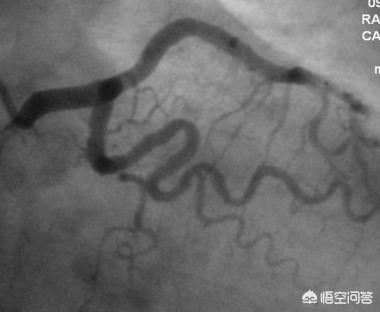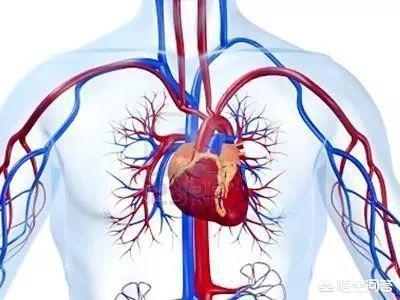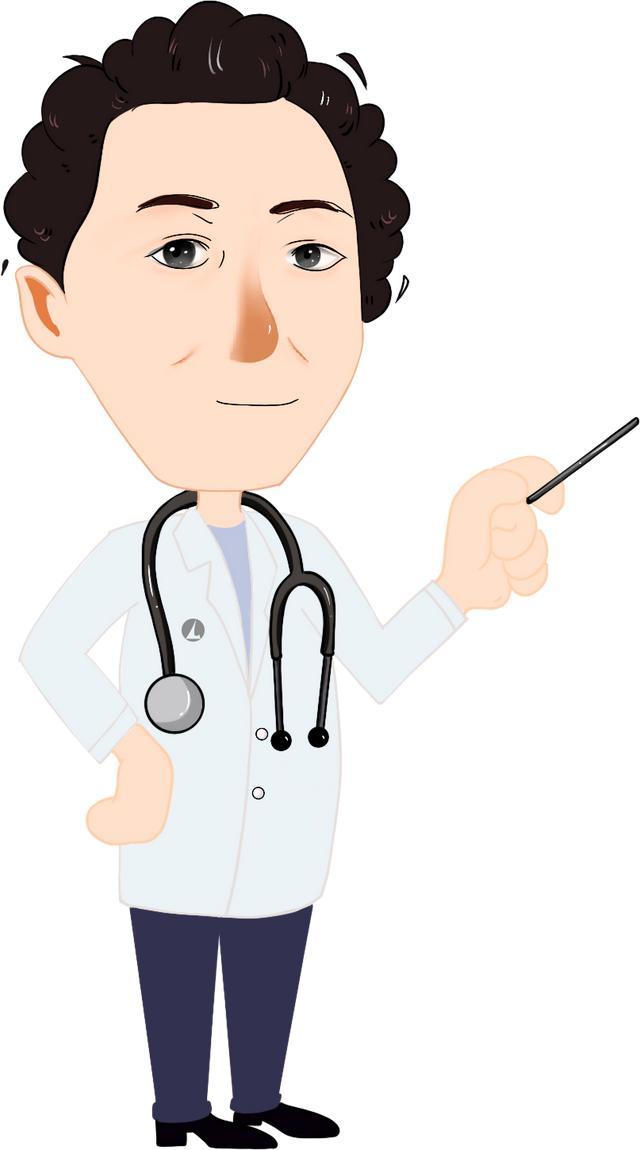How is coronary heart disease diagnosed?
Coronary heart disease is one of the most common of the many heart diseases, and the number of people who suffer from it is extremely high in clinical practice.
The gold standard for its definitive diagnosis is coronary angiography 50%, but because coronary angiography, unlike other diseases, is an invasive test, it is applied with caution in clinical practice and cannot be performed casually, which has led to another method of confirming the diagnosis of coronary artery disease: "comprehensive analysis".
There are many risk factors for coronary artery disease, and it is easy to misdiagnose by relying on one type of test alone. Therefore, before having an imaging, the patient should undergo other basic tests, such as electrocardiography, cardiac color, CT, etc., and then analyze all aspects in combination with the patient's clinical symptoms and past history, which would then give a more accurate conclusion.
However, it should be noted that "this method of confirming the diagnosis, because it relies heavily on the personal experience of the doctor, has a certain rate of misdiagnosis, which needs to be clarified."

What should be done to treat coronary artery disease after diagnosis?
As I have emphasized many times before, the formation factors of coronary heart disease are complicated, so there is not yet a comprehensive knowledge, therefore, the treatment is mostly based on control, that is, the change of life and dietary habits, the adherence to medication and so on, which are often heard of by patients.
However, with the development of the times, we find that the group of patients with coronary heart disease is changing, the age of the disease is getting lower and lower, even if the daily exercise and healthy diet can not avoid the disease, this kind of patients tend to have a common characteristic, that is, the cervical spine or thoracic spine pathological changes.

These ever-increasing responsible lesions will affect the patient's sympathetic nervous system, which in turn will stimulate the corresponding blood vessels, causing them to spasm and contract, on the one hand, impeding the normal flow of blood, and on the other hand, accelerating the formation of plaque thrombosis, all of which are the keys to the formation of coronary artery disease, and therefore we can completely link the two.
Since there is a stage difference between patients, we must also pay attention to this problem when treating them. For some patients with more serious conditions, life is the most important key, and at this time there is no hurry to treat them, and they should be quickly unblocked through stenting or bypass surgery first, to restore the blood supply to preserve their lives, and then they should be considered for the next step of the treatment, which is to remove the responsible foci and at the same time, to target the persistently disorganized sympathetic nerve The next step in the treatment should be to remove the responsible lesion and at the same time modulate the sympathetic nerves that are persistently disturbed, to release the excitability, to strengthen the myocardial activity, to re-dilate the spasm-constricted blood vessels, and to restore the normal blood and oxygen supply.

I hope my answer helps you!
If there's anything you don't understand, comment and private message me!
The core of coronary heart disease is cardiomyocyte ischemia and hypoxia, and the most common cause of cardiomyocyte ischemia and hypoxia is coronary artery stenosis due to coronary atherosclerosis. The diagnosis of coronary artery disease generally has a simple method of clinical diagnosis, if there is activity-related precordial pressure-like pain, about the size of the palm of the hand, can be relieved after resting for a few minutes to ten minutes, especially with hypertension, hyperlipidemia, diabetes mellitus and other cardiovascular risk factors of the patient, the diagnosis of coronary artery disease can be directly clinical diagnosis. The final diagnosis of coronary heart disease, traditionally the most classic method is to rely on the results of coronary CTA or coronary angiography, if the degree of stenosis of coronary arteries reaches 50% and above, the diagnosis of coronary heart disease can be confirmed.
However, this diagnostic method also has some limitations. For example, a patient with only 40% coronary stenosis is not enough for the diagnosis of coronary artery disease, but if his coronary artery spasms, it can still lead to angina pectoris. Furthermore, a patient with myocardial bridges may not have atherosclerosis in the coronary arteries, but if the blood vessels are compressed by myocardial contraction to more than 70%, it can also lead to angina. Therefore, the most accurate diagnosis of coronary artery disease is evidence of myocardial ischemia associated with clinical symptoms. Myocardial nuclear scanning can clarify the presence or absence of ischemia in the myocardium, but it is generally not recommended due to some radiation, which is harmful to the human body.
With the development of other new technologies such as intravascular ultrasound, some better examination methods with less impact on the human body will surely appear in the future, but so far, the diagnosis and management of coronary heart disease still relies most on coronary angiography.
Answer:
Coronary heart disease is a myocardial ischemic disease caused by coronary atherosclerosis, the diagnosis of coronary heart disease mainly relies on: 1, according to the patient's clinical symptoms. If the symptoms are typical, the diagnosis can be confirmed based on the symptoms alone.2. Electrocardiography during the acute attack can provide a certain diagnostic basis. If necessary, dynamic electrocardiogram or exercise electrocardiogram may be needed.3. Coronary angiography is also the main basis for the diagnosis of coronary heart disease.
The gold standard is coronary angiography, screening can be done with coronary enhancement ct
This question and answer are from the site users, does not represent the position of the site, such as infringement, please contact the administrator to delete.